Personal Resignation Letter Template for a Smooth Transition
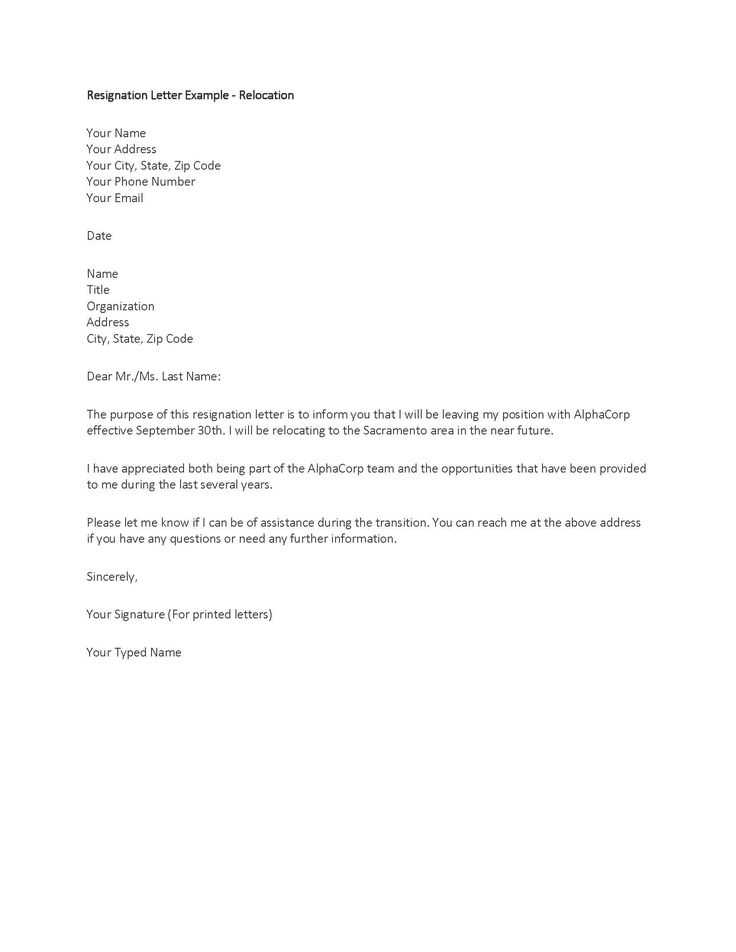
When leaving a position, it’s essential to communicate your decision clearly and professionally. A well-structured document can help maintain a positive relationship with your employer and ensure a smooth transition. This guide offers insights into how to construct such a document, ensuring it’s both concise and respectful.
Key Components of a Departure Notice
Every formal resignation starts with the basics: a clear statement of intent, the specific date of departure, and a tone that conveys gratitude. Below are the most important aspects to include:
- Opening statement: Clearly state your intention to move on from the role.
- Effective date: Mention the date your notice becomes effective, giving your employer adequate time for adjustments.
- Appreciation: Express thanks for the opportunities provided during your time with the company.
- Offer assistance: Highlight your willingness to help with the transition process, whether through training a replacement or assisting with projects.
Creating a Polite and Professional Tone
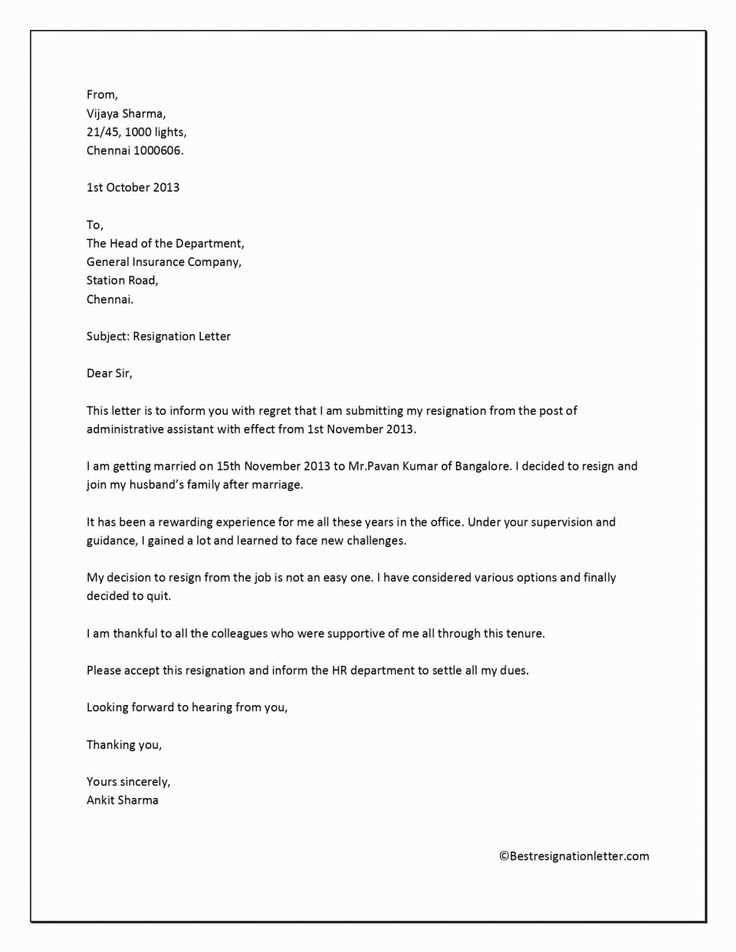
Even when leaving a challenging role, maintaining professionalism is key. The way you express your departure can leave a lasting impression. Stick to a positive, respectful tone that focuses on the future. Avoid mentioning any negative aspects of the job or workplace in this type of communication.
Customizing the Document
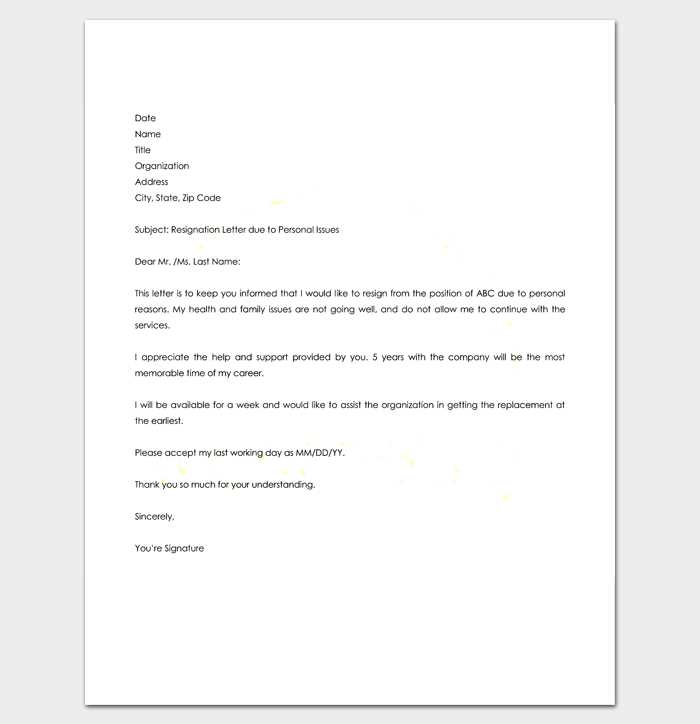
While following a general structure is important, feel free to personalize it according to your situation. If you have a special relationship with your employer, you may want to include additional details, such as personal achievements or fond memories from your tenure. Tailoring your message makes it more authentic and meaningful.
Common Mistakes to Avoid
There are a few common pitfalls to watch for when writing your formal departure message:
- Vagueness: Be specific about your decision and timeline to avoid confusion.
- Negativity: This is not the place to air grievances. Keep it professional.
- Over-explaining: Keep the message concise–avoid unnecessary details or lengthy explanations.
By following these guidelines, you’ll create a document that reflects your professionalism and leaves a positive impression as you transition to the next chapter of your career.
Why a Formal Departure Notice is Important
Communicating your decision to leave a position requires thoughtfulness and professionalism. The way you convey this message can affect your relationship with the organization and its members. A clear, respectful document ensures you leave on good terms and facilitates an organized transition process. This section explores key elements to consider when drafting such a document.
Essential Parts of a Formal Departure Communication
There are several crucial elements that should be included in any formal communication about leaving. First, it’s vital to clearly state your intent and the effective date of your departure. Expressing gratitude for the opportunity and offering help during the transition shows professionalism and respect.
- Clear Intent: Make sure your message directly states your decision to step away.
- Effective Date: Specify the date when your departure will take effect, giving the employer ample time to make arrangements.
- Appreciation: Acknowledge the positive aspects of your experience with the organization.
- Transition Support: Offer your assistance in wrapping up responsibilities or training others.
Writing a Clear and Effective Message
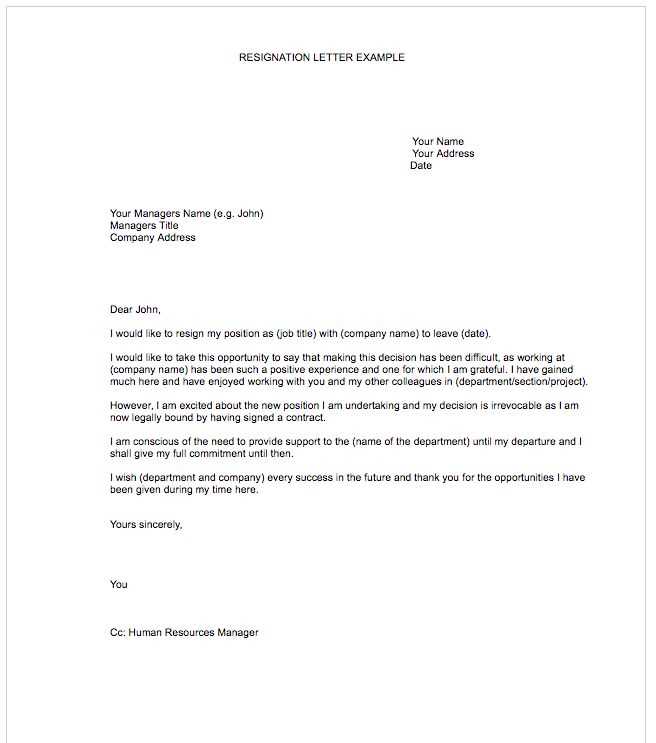
It’s important to keep the communication straightforward and easy to understand. Avoid vague language or unnecessary details. A concise and polite message ensures your decision is communicated without confusion or misunderstanding.
When expressing your decision, it’s crucial to focus on clarity. Directly state the effective date and express appreciation without delving into personal reasons. This helps maintain a respectful tone throughout the process.
How to Avoid Common Mistakes
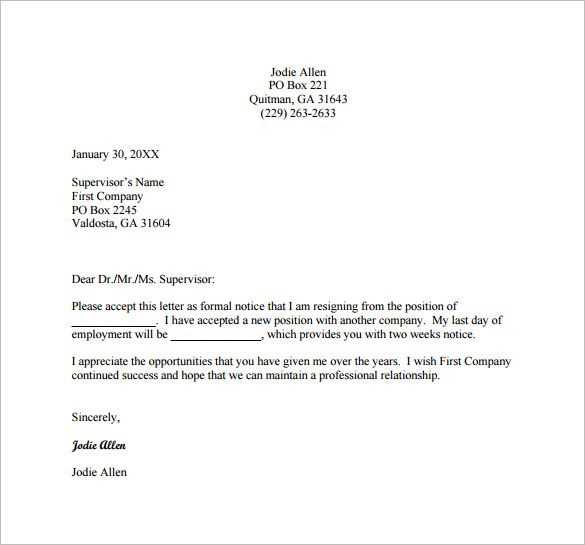
When writing such a document, there are several common mistakes to be aware of:
- Being overly vague: Ensure your message is specific about your intentions and timeline.
- Expressing negativity: Focus on professionalism rather than airing grievances or dissatisfaction.
- Over-explaining: Keep your message brief and to the point–avoid unnecessary details.
Maintaining a Professional Tone
Regardless of the circumstances surrounding your departure, always maintain professionalism in your communication. A positive tone will help preserve your reputation and ensure a smooth transition. By using respectful language, you show gratitude and leave a lasting impression that reflects well on your character.
Customizing the Message
While it’s essential to follow a basic structure, feel free to personalize your message to reflect your individual situation. Tailoring your communication based on your relationship with the company or specific experiences can make your message feel more genuine and thoughtful.